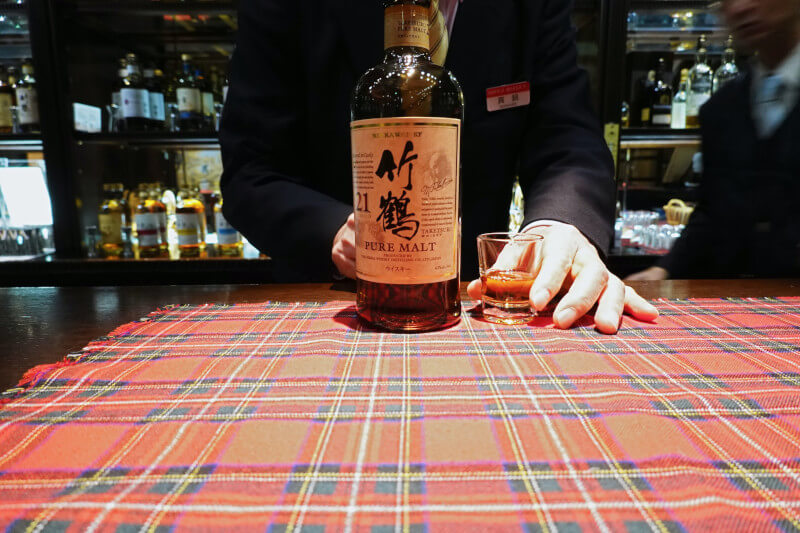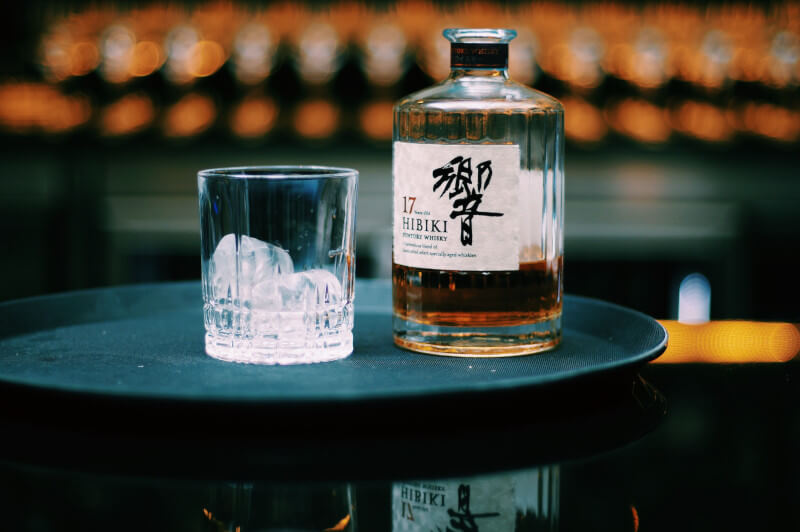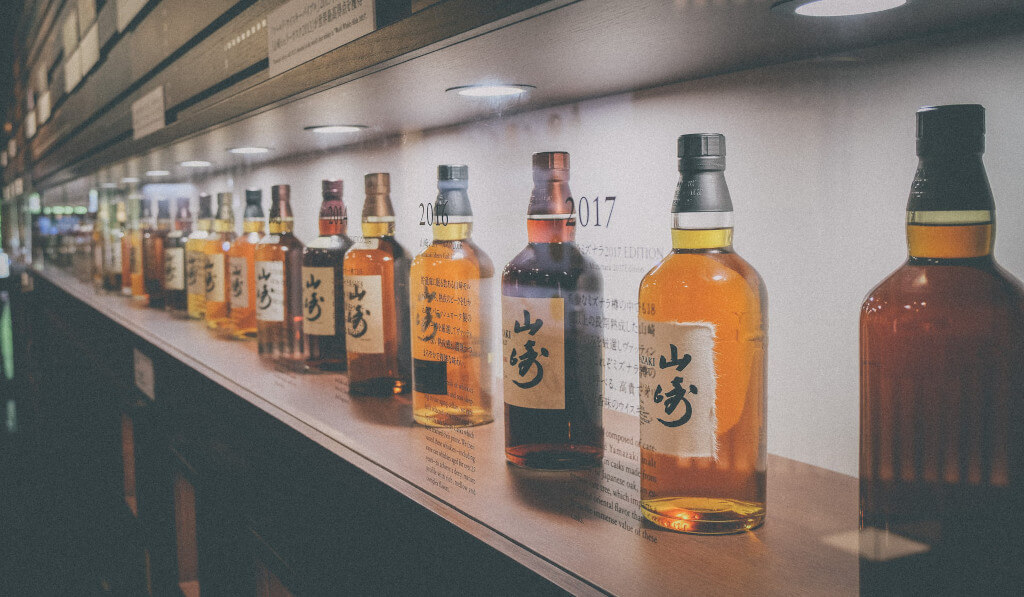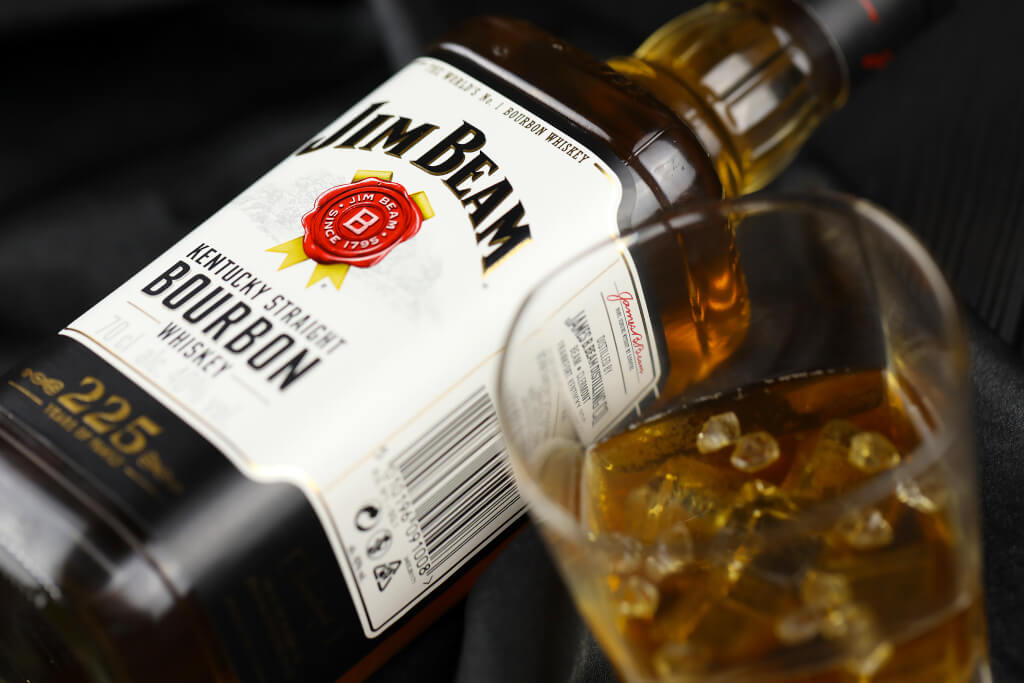An Outline of the Development of Japanese Whiskey
Japanese whiskey’s meteoric increase in popularity over the past few decades is unprecedented for such a newcomer to the international alcohol market. The rise in popularity is a result of the exceptional combination of conventional whiskey-making methods and the exacting standards of Japanese craftsmanship. Japanese whiskey has found success in the global whiskey industry thanks to the combination of refined methods and fresh ideas that have led to widespread recognition and several prestigious prizes.
Why Both Old Methods and New Ideas Are Necessary for Making Great Japanese Whiskey
The distillation of Japanese whiskey fuses time-honored whiskey-making practices with distinctive Japanese techniques, resulting in a spirit that is both authentic and uniquely Japanese. The tradition embodies the Japanese precepts of kaizen (constant improvement) and the qualities of harmony, respect, purity, and tranquillity. Still, technological advancement has made it possible to incorporate regionally informed practices such as the utilisation of Japanese oak (Mizunara) and the creation of a range of still shapes and sizes. By striking a balance between the old and the new, Japanese whiskey manages to be both comforting and exciting.
Where Japanese Whiskey Comes From
Japanese whiskey has been around since the early 1900s, although it didn’t gain much attention outside of Japan until the early 2000s. Suntory’s founder, Shinjiro Torii, opened Yamazaki, Japan’s first whiskey distillery, in 1923, marking the beginning of the country’s commercial whiskey manufacturing. While the quality and workmanship of Japanese distilleries have long been recognised, it is only in recent years that Japanese whiskies have begun to earn an international reputation.
Scotch Whiskey’s Impact on Japan’s Whiskey Culture
There is a strong connection between Scotch whiskey and the development of Japanese whiskey. Masataka Taketsuru, often regarded as the “father of Japanese whiskey,” traveled to Scotland to learn the craft of distilling and then took his newfound expertise back to his homeland. His knowledge of Scotch whiskey manufacturing techniques had a profound impact on the budding Japanese whiskey sector, resulting in a style that is distinct from but reminiscent of Scotch.
Influential Figures in the History of Japanese Whiskey
Topping the list of influential people in the history of Japanese whiskey is Masataka Taketsuru. Taketsuru returned to Japan from Scotland, where he had studied and worked at numerous distilleries, and founded Suntory’s Yamazaki distillery alongside Shinjiro Torii. Yoichi, his distillery, and Nikka whiskey, now one of Japan’s most renowned whiskey labels, were both founded by him afterward. His dedication to blending Japanese artistry with Scottish methods paved the way for the future of Japanese whiskey.
What Has Changed Recently With Whiskey In Japan?

An Overview of Contemporary whiskey Making Techniques in Japan
Japanese whiskey is known for its cutting-edge production processes, which combine traditional whiskey-making practises with a Japanese twist. Unlike most Scottish distilleries, which tend to specialise in a particular style of whiskey, each Japanese distillery generally operates a range of stills and produces multiple styles of whiskey. The unique flavour profile of Japanese whiskey is in part due to the wide variety of distilleries that produce it.
The Role of Mizunara Oak in the Ageing of Japanese Whiskey
Mizunara oak is used in the ageing process, which is one of the hallmarks of Japanese whiskey. Native to Japan, Mizunara oak is prized for its permeability and the distinctive flavour it gives whiskey. Japanese whiskey is known for its subtlety and complexity, qualities that can be enhanced by the ageing process, which can impart flavours of sandalwood, coconut, and oriental spices. Mizunara oak’s contribution to the whiskey’s ultimate flavour profile is greatly recognised despite the obstacles it brings, such as its high cost and difficulty to deal with.
How Japanese Whiskey Is Made With Respect For Its Roots In The Past
To improve their whiskey, Japanese distilleries pay homage to old techniques while also incorporating modern techniques. The malting, fermenting, and distillation procedures, as well as all other quality assurance checks, are extremely precise. Japanese distilleries are committed to preserving the originality and integrity of their whiskey even as they embrace new ideas and techniques. This method exemplifies the seamless fusion of tradition and modernity that is characteristic of Japanese whiskey making.
Japanese Whiskey’s International Appeal
Important Events and Honours that Have Increased the Reputation of Japanese Whiskey Abroad
Several landmarks and several accolades illustrate the progression of Japanese whiskey from obscurity to international renown. Yamazaki 12-Year-Old Single Malt’s gold medal win at the 2001 International Spirits Challenge marked a true watershed moment. Since then, Japanese whiskies have consistently performed well in international competitions, earning high marks and several prestigious medals.
The Global Appeal and Demand for Japanese Whiskey
In recent years, Japanese whiskey’s popularity around the world has skyrocketed. whiskey aficionados all around the world admire it for its smooth and nuanced flavour profile, as well as the well-deserved reputation of Japanese craftsmanship. This surge in demand has resulted in more exports and even temporary shortages of some of the most sought-after brands.
Reviews and Opinions from Whiskey Professionals and Aficionados
Many whiskey aficionados and specialists have praised Japanese whiskies. The richness, depth and excellent balance of flavour in these spirits are emphasised in their reviews. They pay tribute to the skill and creativity that Japanese distilleries offer to the art of creating whiskey. These honours are a reflection of Japanese whiskey’s exceptional history, which has been shaped by a dedication to excellence, tradition, and the pursuit of new techniques. The praise of these whiskey experts does more than just increase awareness of Japanese whiskey; it also encourages the country’s distillers to keep improving their products. Every drop of Japanese whiskey is more than simply a drink to these people; it’s a way to connect with the spirit of the country’s longstanding whiskey-making culture.
Japanese Whiskey’s Bright Future

Looking ahead, it’s fascinating to see what new directions Japan’s whiskey industry may go. The distilleries’ attempts to reduce their environmental effect through the use of renewable energy and water conservation are particularly noteworthy given the rising emphasis on sustainability. There has been an encouraging movement towards trying new aging methods and native grains, both of which have the potential to yield one-of-a-kind interpretations of Japanese whiskey. There has been a recent influx of artisan distilleries onto the market, all of which offer something new to the sector.
The Japanese Whiskey Industry: Perils and Prospects
The potential and challenges that arise from the growing demand for Japanese whiskey around the world are manifold. Due to high consumer demand, several of our favourite whiskies have been discontinued and new inventories of matured whiskey are in short supply. Because of this, distilleries are getting resourceful by employing whiskies that aren’t as old and resurrecting old mixes. However, this increased demand also drives investment, leading to the expansion and opening of existing distilleries. To maintain the prestige of Japanese whiskey internationally, however, this expansion must not compromise on quality or originality.
Future Trends in Japanese Whiskey Production
In the long run, things are looking up for Japanese whiskey. The return of age-statement whiskies as more distilleries reach maturity will be warmly received by consumers. There’s also excitement about what the next generation of whiskey distillers will bring to the table in terms of creating new expressions. There is also optimism that Japanese whiskey, through appellation restrictions or regional markers, would establish a more distinct personality.
Whatever the future holds for the whiskey industry, one thing is certain: the dedication to accuracy, quality, and craftsmanship that characterises Japanese whiskey will continue to propel the industry ahead, guaranteeing that Japanese whiskey maintains its position as a major player in the global whiskey stage. We, the consumers, can’t wait to relish the results of this thrilling development, one superb dram at a time.
Through our exploration of Japanese whiskey, we’ve witnessed the rise of a tradition that was previously unknown outside of Japan but has since captured the imagination of bourbon drinkers everywhere. Japanese whiskey has developed its character from its ties to the history of Scotch whiskey, using a combination of traditional and modern procedures to create compellingly nuanced and complex expressions.
Overview of Japanese Whiskey Culture
The making of Japanese whiskey is a stunning example of how tradition and modernity can harmoniously coexist. Having a healthy respect for tradition while yet being eager to try new things and make progress is possible. It is this interplay of elements that have established Japanese whiskey as a distinct subgenre, a veritable sensory playground.
As we come to an end, I’d like to extend an invitation to explore the fascinating world of Japanese whiskey. Find the bottles that make you wonder what’s inside. Taste your way across the enormous flavour spectrum. whiskey is a rich tapestry of tradition and creativity; whether you’re enjoying the subtle sweetness of a Mizunara-aged whiskey or the strong intensity of a peated expression, remember that. I raise a glass to the mastery of Japanese whiskey and the delight of finding it, one exquisite drop at a time.




